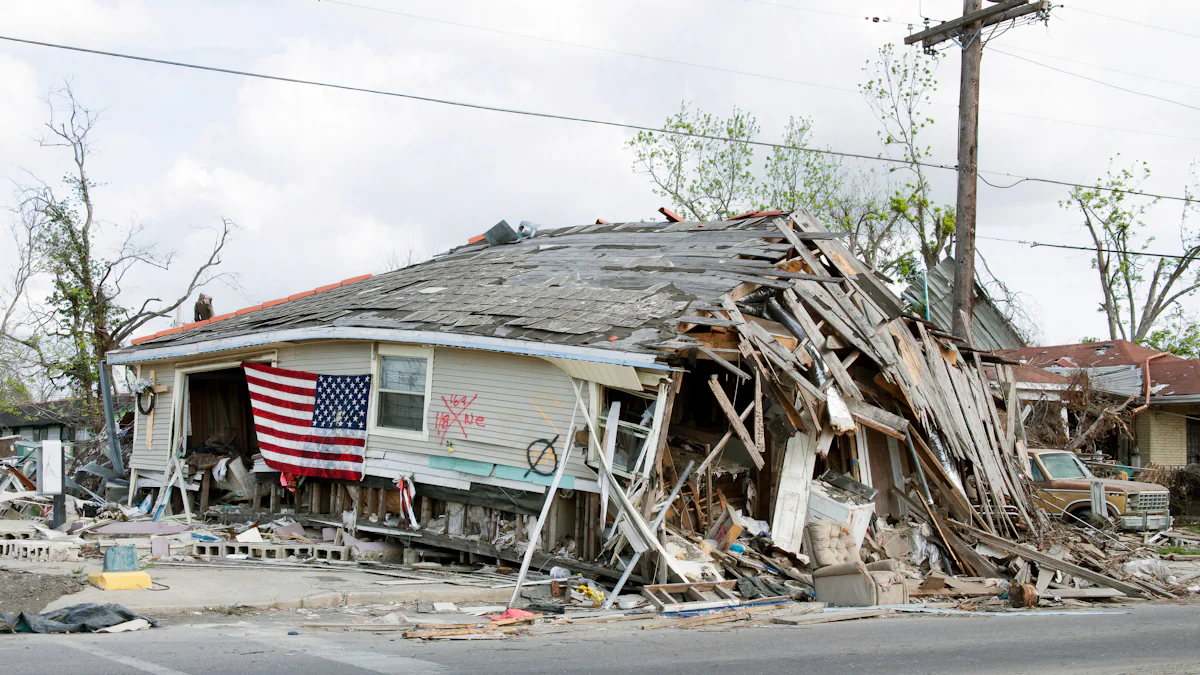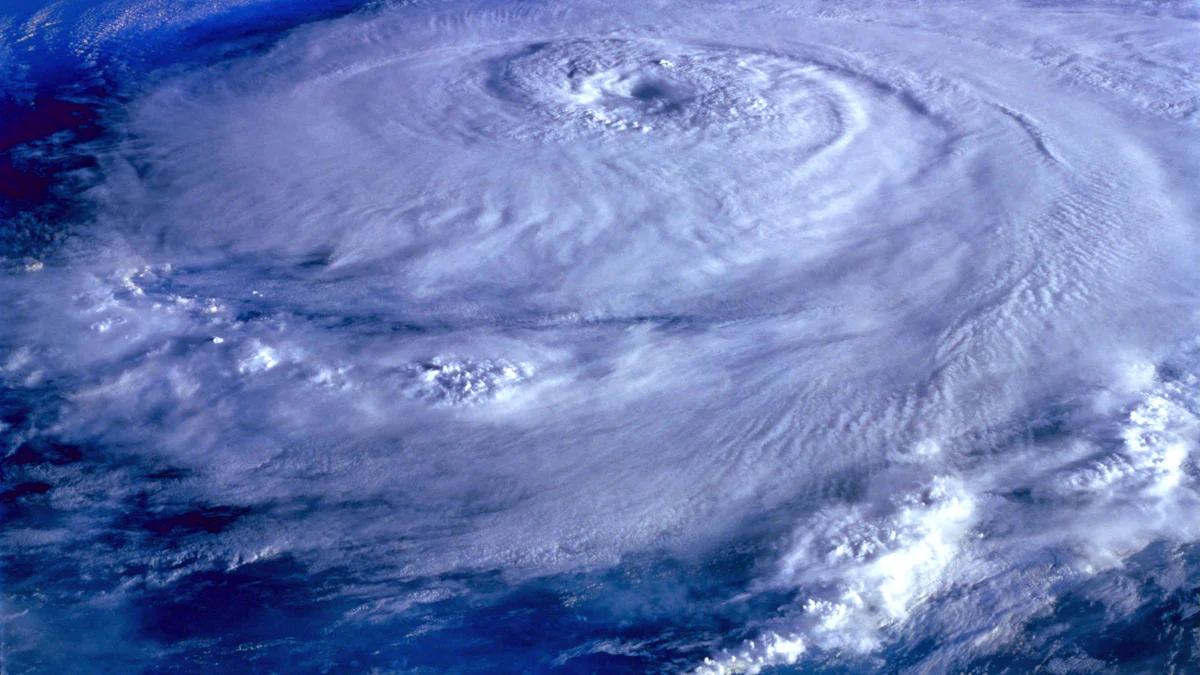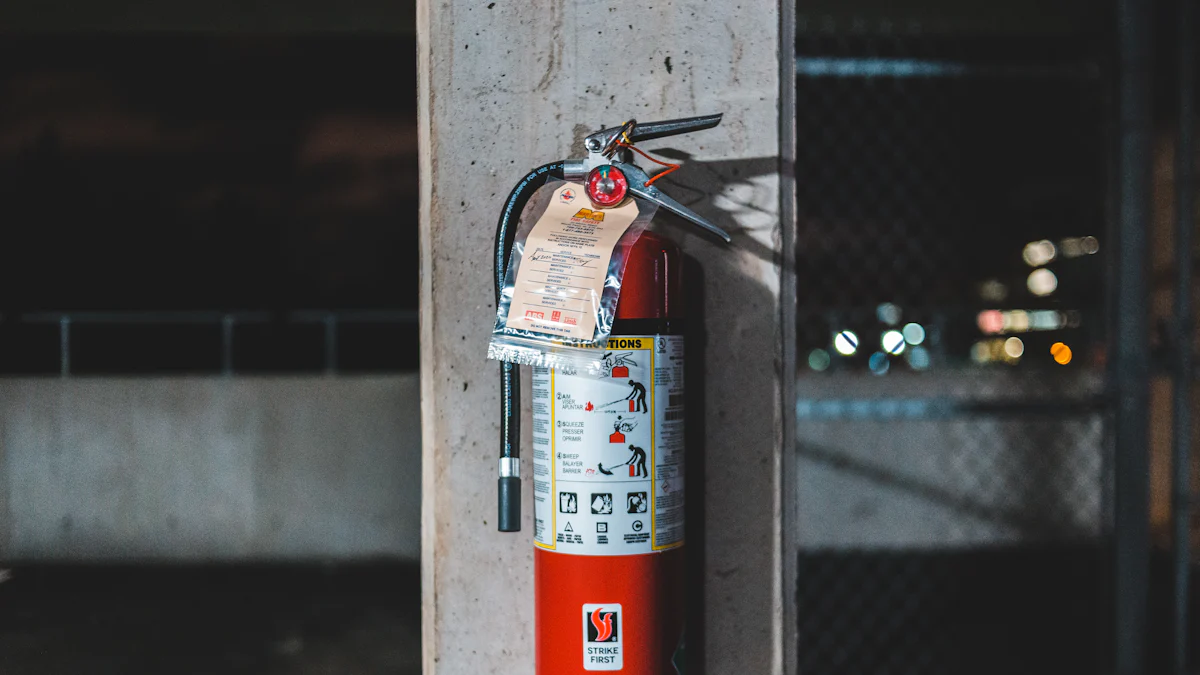
Hurricane Francine has emerged as a significant weather event with maximum sustained winds reaching 100 mph. The storm’s intensity highlights the urgent need for awareness and preparedness. Current advisories warn of potential impacts across the Southeast, including heavy rainfall and possible tornadoes. Residents in Louisiana and Texas must stay informed through reliable sources. The unpredictable nature of Hurricane Francine underscores the importance of having a solid emergency plan in place. Immediate attention to official warnings can help mitigate risks and ensure safety during this active hurricane season.
Current Status and Warnings
Hurricane Francine’s Landfall
Location and Category Details
Hurricane Francine has intensified into a Category 2 storm. The storm’s maximum sustained winds have reached 100 mph. Forecasters expect Hurricane Francine to make landfall on the Louisiana coast near Vermilion Bay. This area is preparing for significant weather impacts.
National Hurricane Center Warnings
The National Hurricane Center has issued warnings for life-threatening conditions. Residents should prepare for storm surge and hurricane-force winds. Officials urge everyone to follow evacuation orders and stay informed through reliable sources. These measures can save lives during Hurricane Francine’s approach.
Immediate Impacts
Storm Surge and Wind Threats
Hurricane Francine poses a severe threat with potential storm surges. The combination of high winds and rising waters could cause extensive damage. Coastal areas face the greatest risk. Emergency services are on high alert to respond to any incidents.
Affected Areas and Initial Reports
Reports indicate that Louisiana and Texas will experience the brunt of Hurricane Francine. Heavy rainfall and possible tornadoes are expected in these regions. Initial assessments suggest power outages and flooding may occur. Communities must remain vigilant and prepared for these challenges.
Historical Context
Previous Hurricanes in the Region
Comparison with Hurricane Katrina and Rita
Hurricane Francine made landfall in Louisiana as a Category 2 storm. Winds reached 100 mph, causing significant impacts. In contrast, Hurricane Katrina reached Category 5 before weakening to Category 3 at landfall. Katrina’s winds exceeded 125 mph, leading to catastrophic damage. Hurricane Rita also reached Category 5 but weakened to Category 3 with winds around 115 mph. Francine rapidly intensified before landfall, shifting further east compared to earlier projections.
Recent Hurricanes: Laura, Delta, Zeta, Ida
Recent hurricanes like Laura and Ida also impacted Louisiana. Hurricane Laura hit as a Category 4 storm with winds of 150 mph. Hurricane Ida reached Category 4 with similar intensity. Both storms caused severe destruction. Hurricane Delta and Zeta were less intense but still brought significant challenges. Francine’s path and intensity reflect ongoing vulnerabilities in the region.
Lessons Learned from Past Storms
Impact on Infrastructure
Past hurricanes revealed weaknesses in infrastructure. Flooding and wind damage often crippled transportation and utilities. Francine’s impact highlighted similar concerns. Communities must prioritize resilient building practices. Strengthening levees and drainage systems can mitigate future risks.
Community Preparedness
Community preparedness plays a crucial role in minimizing hurricane impacts. Past experiences emphasize the importance of evacuation plans and emergency supplies. Francine’s rapid intensification underscores the need for timely response. Local governments and organizations must continue educating residents. Effective communication and planning save lives during such events.
On-the-Ground Reports and Preparations

Local and National Responses
Evacuation Plans and Safety Measures
Louisiana Gov. Jeff Landry emphasized the importance of evacuation plans. The National Guard mobilized resources for rescue and recovery. Local officials urged residents to follow instructions closely. Police in Morgan City issued a curfew to ensure safety. Entergy focused on protecting communities with detailed recovery plans.
Role of the American Red Cross
The American Red Cross played a crucial role in preparations. Emergency shelters were set up for those displaced by Hurricane Francine. Volunteers distributed essential supplies to affected areas. The organization coordinated with local authorities to provide timely assistance.
Community and Media Coverage
Reports from Morgan City and Surrounding Areas
Morgan City faced significant challenges as Hurricane Francine approached. Local officials issued shelter-in-place orders. Residents prepared by securing homes and gathering supplies. The community showed resilience, drawing on past experiences with storms.
Weather Channel and Local News Updates
The Weather Channel provided continuous updates on Hurricane Francine. Local news stations broadcasted real-time information. Orleans Parish Communications Director Karl Fashold highlighted improvements in emergency communications. These efforts ensured that residents received accurate and timely alerts.
Projected Impacts and Safety Advice

Damage Estimates and Economic Impact
Low Single-Digit Billion Damage Projection
Experts project Hurricane Francine’s damage to reach low single-digit billions. Communities in Louisiana and Texas face significant repair costs. Infrastructure repairs will demand immediate attention. The storm’s impact will strain local economies.
Long-term Economic Considerations
Long-term economic effects will persist beyond immediate repairs. Businesses may suffer from prolonged closures. Residents might experience job losses and financial hardships. Recovery efforts will require substantial investment. Climate change exacerbates these challenges by increasing hurricane frequency.
Safety Measures and Recommendations
How to Stay Safe During a Hurricane
Residents must prioritize safety during hurricanes. Secure homes by boarding windows and doors. Stock up on essential supplies like water and non-perishable food. Keep flashlights and batteries ready for power outages. Follow local news for real-time updates.
Importance of Following Evacuation Orders
Evacuation orders save lives during severe storms. Authorities issue these orders based on risk assessments. Residents should leave early to avoid traffic congestion. Shelters provide safe havens for displaced individuals. Compliance with orders ensures community safety and reduces casualties.
Hurricane Francine’s path through Louisiana and Mississippi as a Category 2 storm highlighted the urgent need for preparedness. The storm’s impact, with winds reaching 100 mph, emphasized vulnerabilities in coastal communities. Historical context from past hurricanes underscores the importance of resilient infrastructure and community readiness. Local responses, including evacuation plans and emergency shelters, showcased community resilience. Recovery efforts will demand continued vigilance and investment. Understanding these dynamics ensures better preparation for future storms, safeguarding lives and property.
 Press Coffee
Press Coffee